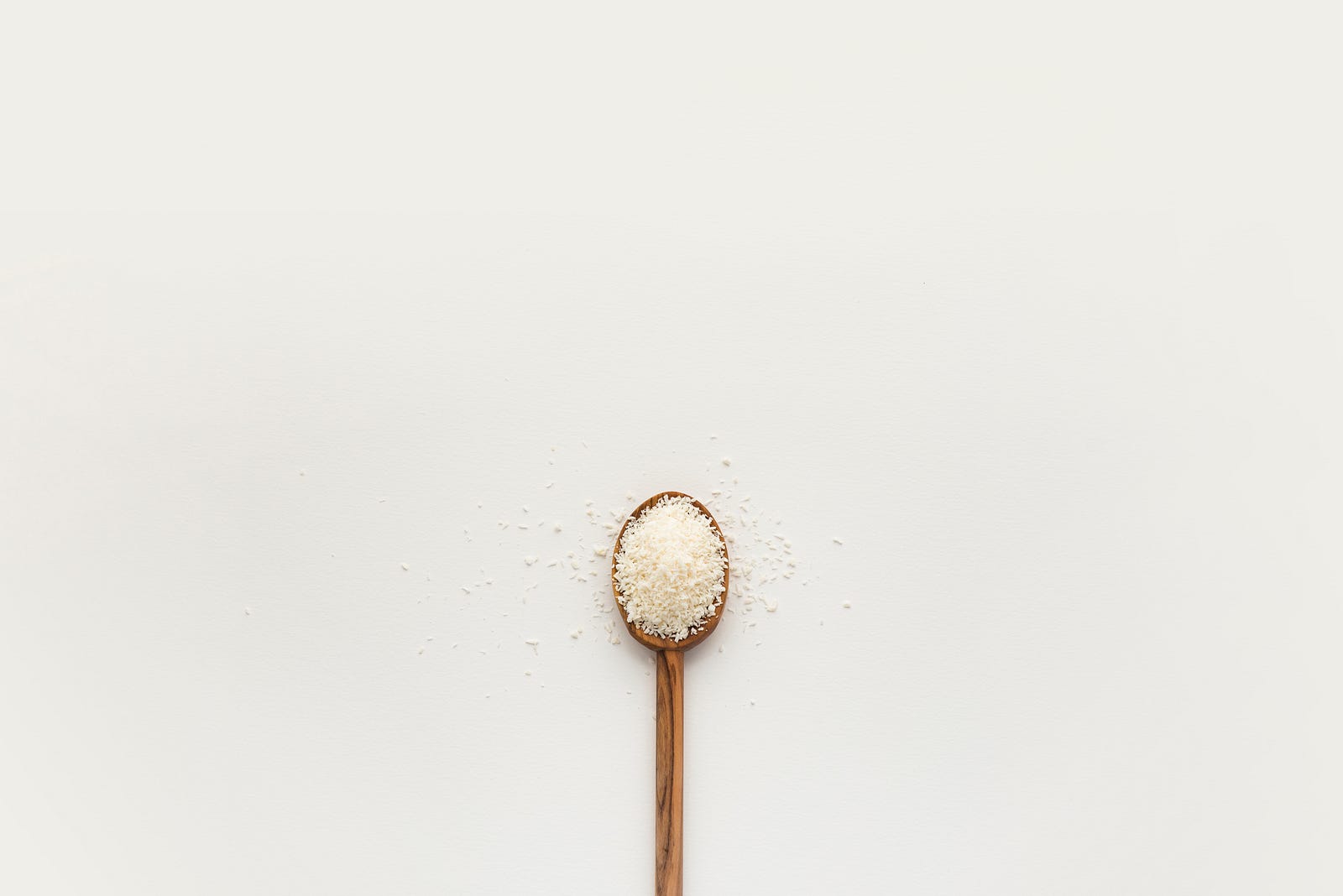LIKE MOST THINGS, TOO MUCH SALT is unhealthy. Salt might harm your heart health and increase your chances of developing stomach cancer. But did you know that consuming too little salt has perils? Today we will explore salt basics before turning to its relationship to health. Is salt bad for you? I will give you five key salt facts to help you improve your health. Let’s explore salt and health.
“I shivered in those
solitudes
when I heard
the voice
of
the salt
in the desert.”
― Pablo Neruda
What is salt?
Salt is our primary source of dietary sodium. Also called sodium chloride (NaCl), it comprises 40 percent sodium and 60 percent chloride.
Your salt may have added iodine, iron, or folic acid. Our table salt generally has added iodine.

Salt flavors food and also serves as a binder and stabilizer. The substance also is a powerful food preservative, as bacteria cannot do well in the presence of high amounts of salt.
From where does salt come?
There are three primary ways to create salt. First, manufacturers may use evaporation. Second, companies may mine salt. Lastly, the ocean can create salt brines.
- Making salt via evaporation. Alternatively, salt may be the product of evaporating seawater or other mineral-rich water. Seawater evaporation creates specialty or gourmet salts; mining gets salts used for industrial purposes.
- Making salt from salt mines. Rock salt (halite) is usually obtained from salt mines. Deep-shaft mining extracts salt from the rocky underlayers of the earth’s surface. These large salt deposits are the product of ancient underground waterways that have dried up long ago.
- Making salt with the ocean (salt brines). Usually, table salt is the product of salt brines. The ocean is a natural salt brine. Workers pump water below the earth’s surface to dissolve salt deposits and create a salt brine. The brine is pumped to the surface and evaporated to create salt. Before evaporation, manufacturers may treat the salty brine to reduce mineral content. This approach yields a nearly pure sodium chloride crystal that is very clean.
China is the biggest salt producer, with the United States being number two. Of the 220 million tons of salt, humans consume only six percent.
Salt types
Finely ground salts tend to be dense, so they usually have more sodium than coarser ones. Sodium content varies widely among brands, so check the Nutrition Facts label for exact amounts. Here are some estimates of the sodium amount in one teaspoon.

Sodium is all around us, with countless foods containing it. Chips, crackers, cereals, condiments, sauces, cured meats, bread, cereals, soups, and more.
How the body uses salt
Our bodies use small amounts of sodium to conduct nerve impulses, maintain a good balance of water and minerals, and contract and relax muscles. To accomplish these functions, we need approximately 500 milligrams of sodium daily.
Salt and health: 5 key facts
If we consume too much sodium in the blood, our kidneys may be unable to keep up. With rising blood levels of sodium, the body retains water to dilute the sodium. This change causes the fluid around cells and the blood volume to increase.
The increase in blood volume puts pressure on blood vessels. This change can lead to health issues, including high blood pressure, heart attack, and stroke. Excessive salt may impact other organs as well. Let’s look at the potential health perils of consuming too much (or too little) sodium.
1. Too little salt can increase cardiovascular disease risk. Salt restriction is associated with higher levels of so-called “bad” LDL cholesterol and triglycerides. A 2016 review of over 12,000 adults (with or without high blood pressure) examined how reducing dietary salt affected blood fat levels. A reduced-salt diet increased cholesterol by 2.9 percent and triglycerides by 6.3 percent (regardless of blood pressure). High LDL or triglyceride levels contribute to heart disease risk.
2. Too much salt can increase cardiovascular disease risk. We have some evidence that higher sodium intake is associated with cardiovascular diseases and related deaths. The Institute of Medicine (USA) concluded that reducing sodium intake drops blood pressure but that evidence of a lower risk of cardiovascular disease is inconclusive. Still, high blood pressure is a leading cause of cardiovascular disease.
One large study examined cardiovascular incidence and death. Here’s what you need to know:
- Participants with sodium consumption of fewer than 2,300 milligrams daily had a one-third lower risk of developing cardiovascular disease (than those with intakes of 3,600 to 4,800 mg).
- There was a continuing decrease in heart attack and stroke with decreasing sodium intakes as low as 1,500 mg daily.
3. The sodium-to-potassium ratio is important. Harvard researchers analyzed 24-hour urine samples over several days, examining sodium and potassium intakes related to cardiovascular disease risk. After controlling for other risk factors, they found that higher sodium levels are linked to a higher cardiovascular disease (CVD) risk.
On the other hand, for every 1,000 mg increase in potassium, there was a nearly one-fifth (18 percent) lower risk of CVD. You can achieve a higher sodium-to-potassium ratio by eating more fruits, vegetables, legumes, and low-fat dairy.

4. High salt diets may raise your stomach cancer risk. High salt intake may increase the growth of Helicobacter pylori (H. pylori) in your stomach. This bacteria can promote inflammation, stomach ulcers, and possibly gastric cancer development.
We have low-level evidence (in the form of meta-analyses of observational studies) that high salt diets (typically including pickled vegetables and salted meats) can raise stomach cancer risk. The World Cancer Research Fund and American Institute for Cancer Research concluded that salt (and salty and salted foods) are a “probable cause of stomach cancer.” [17]
While high salt intake is strongly associated with stomach cancer, we do not know if there is a causal relationship. I would say take this with a grain of salt, but…
5. Very high sodium intake is associated with chronic kidney disease progression. There is no evidence that a low sodium diet affects chronic kidney disease (CKD) outcomes more than a moderate sodium restriction. However, a systematic review discovered that those with CKD had a higher rate of disease progression with high sodium intakes of over 4,600 mg daily.
Is salt bad for you? My take on salt and health.
You don’t generally need to find sodium; it finds you. I live in a society where most of our diets come from commercially prepared foods. Salt added to cooking at home is not the real threat. Adding a dash of salt added at the table to your food is not the greatest danger.
Most Americans eat too much salt, consuming more than 3,400 milligrams of sodium daily. This amount greatly exceeds the 2020–2025 Dietary Guidelines for Americans’ recommendation of less than 2,300 mg of sodium daily for a healthy eating pattern.
The US Centers for Disease Control and Prevention offers the top 10 sources of dietary sodium in the general population:
- Bread and rolls
- Pizza
- Sandwiches
- Cold cuts/cured meats
- Soups
- Burritos
- Tacos
- Savory snacks (pretzels, chips, popcorn, crackers)
- Chicken
- Cheese
- Eggs
- Omelets
Approximately 70 percent of our dietary sodium is added to packaged and restaurant food before we purchase them. The substance enhances flavor, improves appearance and texture, and preserves freshness. We can accomplish these goals with lower levels.
You may be surprised to learn that many American food products already contain lower amounts of sodium when sold in other countries: Food manufacturers could introduce lower sodium versions of popular products in the United States.
We all need salt for health. Consuming too much (or too little) is associated with adverse health conditions. The American Heart Association recommends limiting your sodium intake to 2,300 mg or fewer per day, ideally aiming for 1,500 mg ( or about 3/4 teaspoons of salt).
How am I doing this? I read nutrition fact labels of all packaged foods and try (yes, I am a work in progress) to consume a balanced diet that incorporates fruits, vegetables, whole grains, lean protein, and low-fat dairy.
I will end by challenging you with this observation: Salt is an acquired taste. I discovered that I could adapt to the taste of lower-sodium foods. Supporting my experience is the observation that when a reduced-sodium version of a popular food is served, the typical consumer adds less than 20 percent of the removed sodium back. We can reduce our sodium without harming our sensory experience. That is my challenge to you.
One more thing:
The information I provided in this blog is for educational purposes only and does not substitute for professional medical advice. Please consult a medical professional or healthcare provider if you seek medical advice, diagnoses, or treatment. I am not liable for risks or issues associated with using or acting upon the information in this blog.
Thank you for joining me for “Salt and Health.” I hope you have a joy-filled day.


